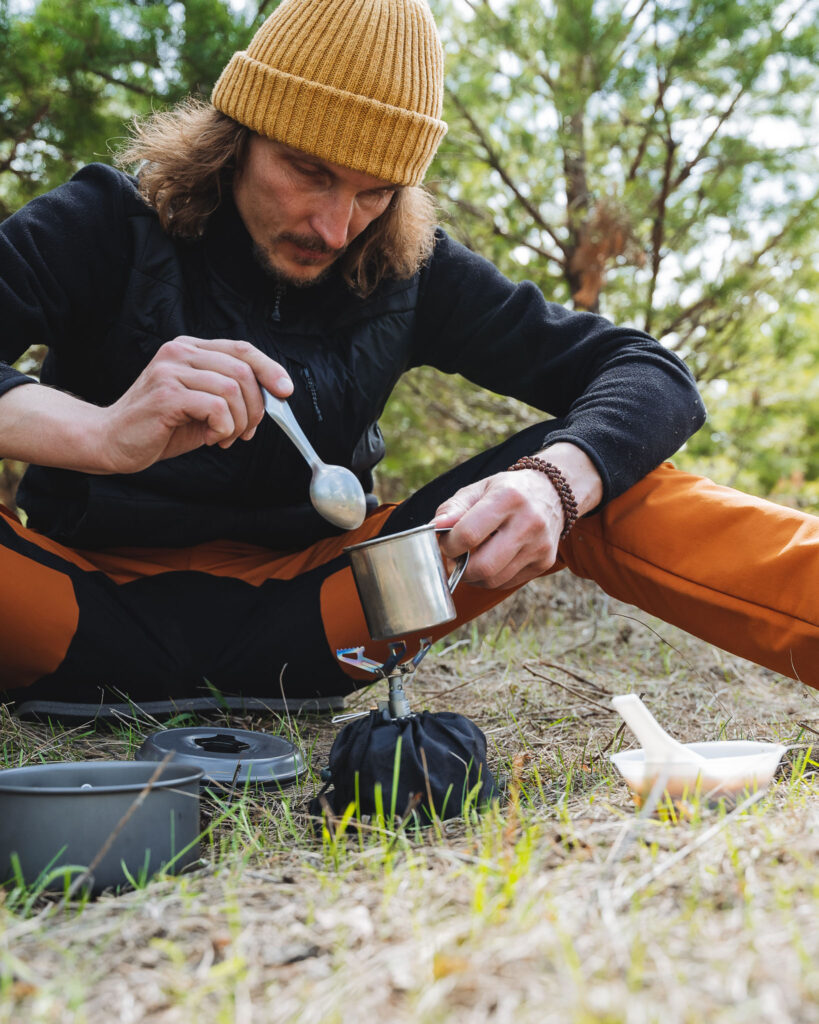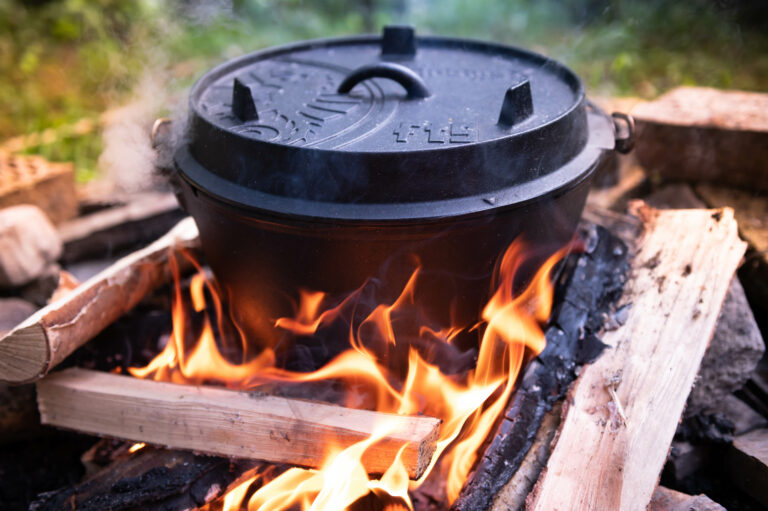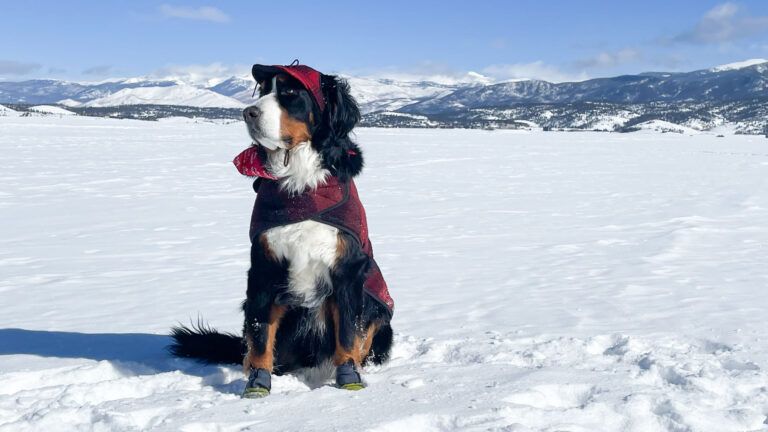When it comes to exploring the great outdoors, backpackers and adventurers seek lightweight and convenient food options that fuel their journeys. One innovation that has revolutionized outdoor eating is the Meals Ready to Eat (MREs). What started as a military necessity has now become a staple for civilian outdoor enthusiasts, providing them with easily transportable, shelf-stable, and nourishing sustenance. In this blog, we’ll delve into the history of MREs and explore how these freeze-dried meals transitioned from the battlefield to backpacks.
The Military Origins
The concept of pre-packaged meals for military use dates back to World War II when the United States Army began developing field rations that could provide soldiers with essential nutrients and calories while remaining portable and easy to prepare. These early rations often consisted of canned foods, which were heavy and bulky. It wasn’t until the 1960s that the concept of freeze-drying food emerged as a way to reduce weight and increase shelf life.
Freeze-drying, a preservation technique that involves removing moisture from food, proved to be a game-changer for both military and civilian applications. This process significantly reduced the weight of the food without compromising its nutritional value or taste. Freeze-dried meals were not only lightweight but also compact, making them an ideal choice for soldiers in the field.



Transition to Civilian Use
As military technology and innovations often do, freeze-dried meals made their way from military rations to the civilian market. In the 1970s and 1980s, outdoor enthusiasts, including hikers, campers, and backpackers, recognized the potential of MREs to provide convenient and nutritious sustenance during their adventures. The lightweight nature of freeze-dried meals made them particularly appealing for those who needed to carry all their supplies on their backs.
The popularity of MREs among civilian outdoor enthusiasts grew due to several key advantages:
Lightweight: Backpackers and hikers could now carry multiple days’ worth of meals without being weighed down by heavy food supplies.
Convenience: MREs eliminated the need for bulky cooking equipment, as they could be prepared by simply adding hot water to the pouch and waiting a few minutes.
Nutrition: Freeze-drying technology retained the nutritional value of the food, ensuring that adventurers received essential nutrients even in remote locations.
Shelf Life: MREs have a long shelf life, making them suitable for long expeditions and emergency situations.
Variety: Manufacturers began offering a wide range of meal options, catering to different dietary preferences and requirements.
Modern-Day Appeal
In recent years, the quality and variety of MREs have significantly improved. With an emphasis on taste, nutrition, and dietary considerations, these meals have become more than just a practical solution – they’re now a flavorful and enjoyable part of the outdoor experience. Additionally, the rising popularity of minimalist and ultralight backpacking has further fueled the demand for MREs, as they align perfectly with the ethos of traveling light while still having access to satisfying meals.
The evolution of MREs from military rations to a beloved staple for civilian outdoor enthusiasts is a testament to the adaptability and innovation that arises from the merging of technology and necessity. What began as a solution to feed soldiers in the field has transformed into a solution that empowers adventurers to explore the wilderness with sustenance that is lightweight, convenient, and nutritious. As MREs continue to evolve, one thing remains clear – the legacy of these freeze-dried meals will forever be intertwined with the spirit of outdoor exploration.






